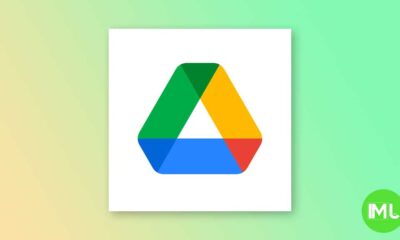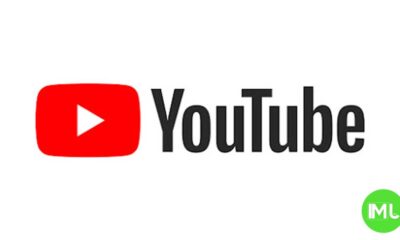Google Pixel security flaw sparks concerns; Google Tensor G4 prioritizes efficiency over raw power
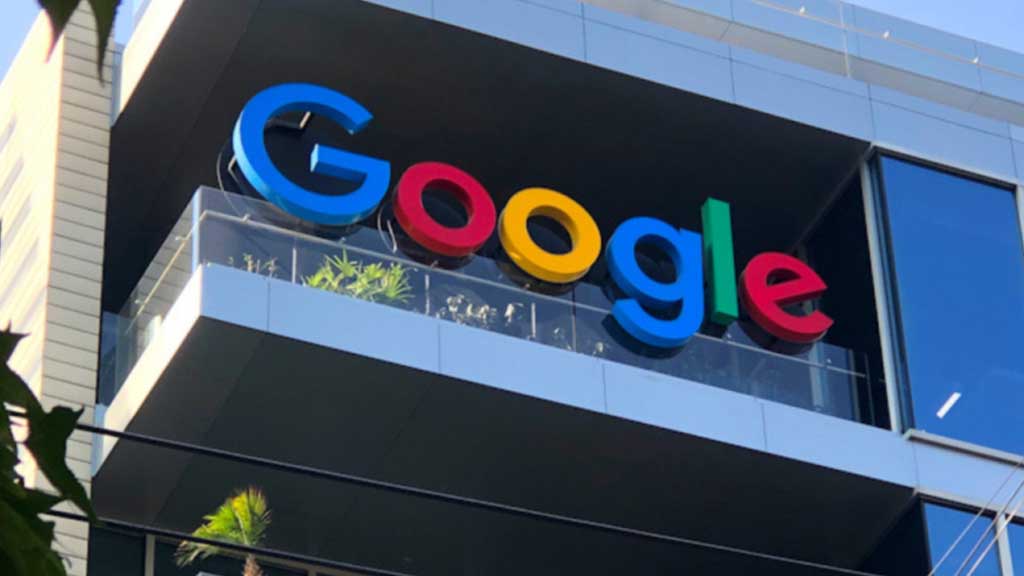
Key Points:
- Critical security flaws in millions of Google Pixel devices could allow hackers full control.
- Google’s response to the security issue is slow, raising concerns among users and experts.
- The new Tensor G4 chip focuses on efficiency, not just raw power, signaling Google’s unique approach.
A recently identified security flaw in millions of Google Pixel devices has raised alarms among users and experts alike. The flaw, discovered by security firm iVerify, centers around a file called “Showcase.apk,” which possesses excessive system permissions that could allow hackers to gain extensive access to personal data and even take control of the device.
Understanding the Risk for Pixel Owners
The file “Showcase.apk” was initially developed by Smith Micro for Verizon to display demo videos. However, it has found its way into nearly all Pixel devices since 2017. The concerning part is that this file has permissions that could enable hackers to perform the following:
- Remote Code Execution: Hackers could run arbitrary code on the device, potentially installing malicious software.
- Data Theft: Personal data, such as photos, messages, and contacts, could be stolen by unauthorized parties.
- Full Device Control: Hackers could completely take over the device, leading to misuse and privacy violations.
Google’s Delayed Response
Despite being notified of the flaw in May by iVerify, Google’s response has been slower than expected. The company has planned an update to fix the issue but hasn’t provided a specific timeline, which has led to growing concern among security experts and Pixel users.
In response to the severity of this vulnerability, Palantir, a major technology company, has decided to remove Android devices from its mobile fleet, opting to switch to Apple devices instead.
Google’s Tensor G4 Chip: Prioritizing Efficiency
Meanwhile, at the recent “Made by Google” event, the tech giant unveiled its new Pixel 9 series, powered by the Tensor G4 chip. Unlike other companies that focus on sheer performance, Google has taken a different route with the Tensor G4.
In a recent interview with Financial Express, Soniya Jobanputra emphasized that the Tensor G4 is designed not for maximum speed, but for real-world efficiency. Google aims for the chip to seamlessly integrate with its ecosystem, ensuring smooth, energy-efficient performance in everyday use.
This approach means that while the Tensor G4 might not top every benchmark, it will deliver a user experience centered on long battery life, smooth operation, and flawless integration into the Google ecosystem.
Looking Ahead: Tensor G5
Google is already looking ahead to the future with the development of the Tensor G5 chip. This next-generation chipset is expected to further enhance the Pixel experience by offering even more tailored features for its users, potentially unlocking new capabilities within the Google ecosystem.
Google’s strategy reflects a shift from raw computing power to practical, user-friendly efficiency—an approach that could set a new standard for the industry.
Google Drive’s action button gets a fresh, simple design
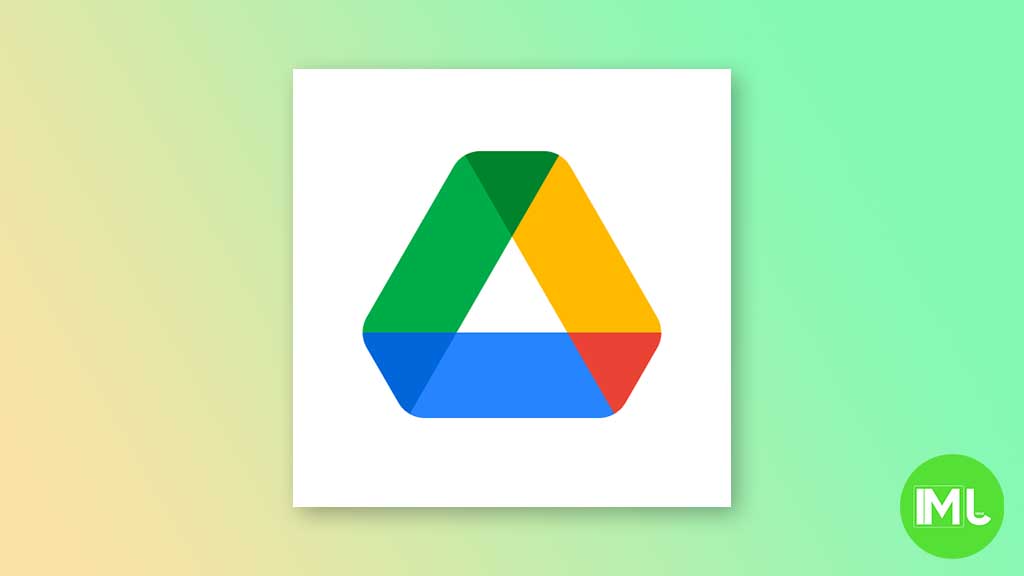
Google is giving its Google Drive app a user-friendly update for Android users, focusing on the floating action button (FAB). Currently, this button—a plus icon in the bottom right—opens a menu with choices like making a new folder, uploading files, scanning papers, or creating Google Docs, Sheets, or Slides. The menu appears as a sheet that covers part of the screen, which can feel a bit awkward.
A recent APK teardown of Google Drive version 2.25.180.0.all.alldpi reveals a cleaner approach. Soon, tapping the FAB will make the six options spread out smoothly around the button, similar to Google Keep’s style. This skips the pop-up sheet, speeding up the process and keeping the app’s look tidy. The goal is to make actions quicker and more intuitive.
The teardown also hints at Google’s Gemini AI spreading further in the app. First noticed on the homepage in April, Gemini’s presence is growing, suggesting new AI tools for tasks like better file sorting or smarter searches. Exact features remain under wraps, though.
Since APK teardowns show experimental changes, not all updates may reach the final app. Still, this FAB redesign promises a small but welcome boost for Drive users. Keep an eye out for these tweaks as Google rolls them out!
Google is updating its app icons for a more consistent look
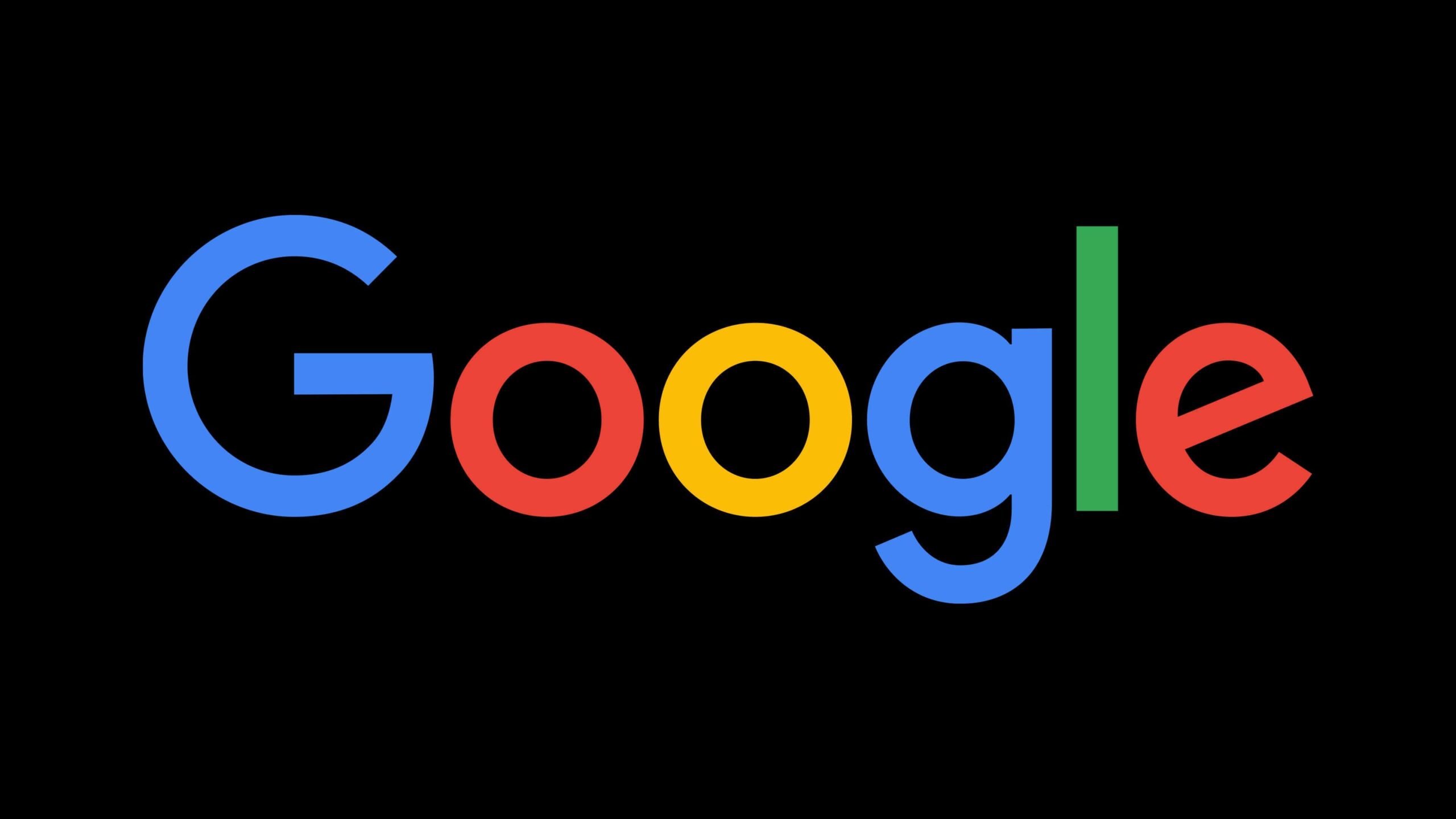
Google is making some small but noticeable changes to the icons of several of its apps. The goal is to make them look more unified, especially when seen together on your home screen.
These changes are focused on apps like Gmail, Calendar, Meet, Drive, and Docs. While the overall shapes and colors remain the same, Google is tweaking the proportions and spacing of the icons. For example, the Gmail icon now has a slightly thicker “M” shape, and the other app icons also look a bit bolder. These updates help all the icons feel more balanced and aligned with each other.
Google says this update is meant to improve how these icons appear in different places, like on your phone or computer screen. They’ll now better match each other in style, making the whole set of Google apps look cleaner and more polished.
The changes are rolling out gradually, so users might start seeing the new icons soon. These updates don’t change how the apps work — it’s just a visual refresh to give a more consistent and modern feel. While it’s a small update, it shows how Google is still working to make its design more user-friendly and visually pleasing across all platforms.
YouTube TV app adds shorts and subscriptions feed for easier browsing
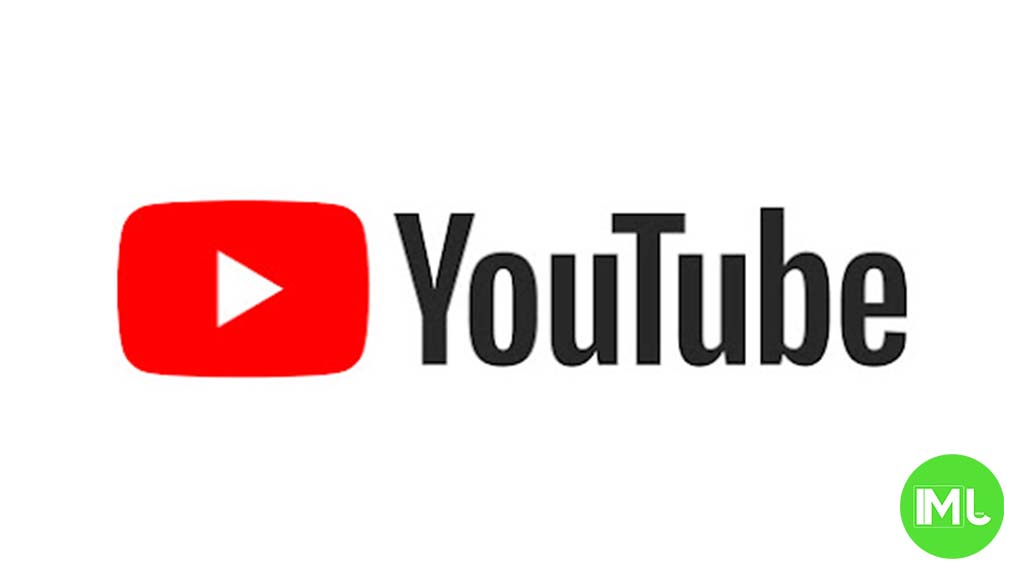
YouTube is making it easier to watch your favorite content on smart TVs. The latest update to the YouTube app for TVs now includes a new tab for Shorts and a dedicated Subscriptions tab.
Until now, the YouTube app on TVs mostly focused on general content and search. But with this update, a new “Shorts” tab is being added to the left-side menu. This gives users quick access to short videos that have become very popular on mobile devices. The videos play in a vertical format, and you can use your remote to scroll through them just like on your phone.
Another helpful change is the new “Subscriptions” tab. While this section has always been there in some form, it’s now easier to reach and works better. It shows the latest videos from channels you follow, giving you a feed similar to what you see on mobile.
These updates are rolling out starting this week, and they should reach most smart TVs and streaming devices soon. The goal is to make YouTube on TVs feel more like the mobile and web versions — giving users faster access to the content they care about.
With these changes, YouTube continues to improve how we watch videos on the big screen, especially as more people use TVs for streaming every day.
-
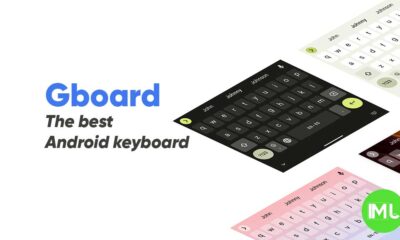
 Apps1 year ago
Apps1 year agoGboard Proofread feature will support selected text
-
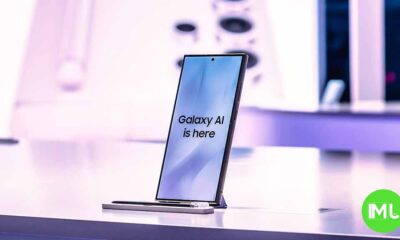
 News1 year ago
News1 year agoSamsung USA crafting One UI 6.1.1
-

 News1 year ago
News1 year agoBreaking: Samsung Galaxy S22 may get Galaxy AI features
-
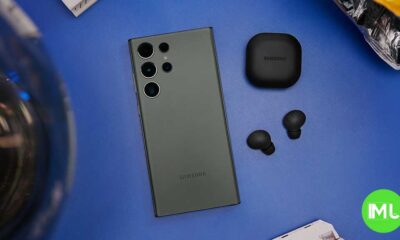
 News1 year ago
News1 year agoSamsung Galaxy S23 Ultra with One UI 6.1 and all S24 AI features revealed
-

 News1 year ago
News1 year agoOne UI 6.1 Auracast (Bluetooth LE Audio) feature coming to many Samsung phones
-

 News1 year ago
News1 year agoSatellite SOS feature coming to Google Pixel phones, evidence leaked
-

 Apps10 months ago
Apps10 months agoGoogle Contacts app testing new Besties Widget
-
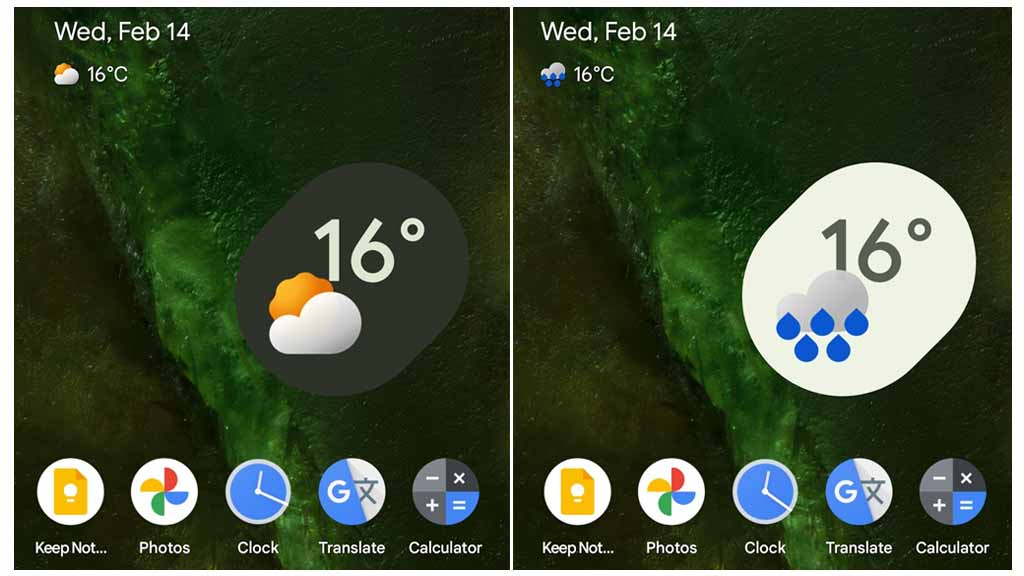
 Apps12 months ago
Apps12 months agoGoogle’s fancy new Weather app is finally available for more Android phones

